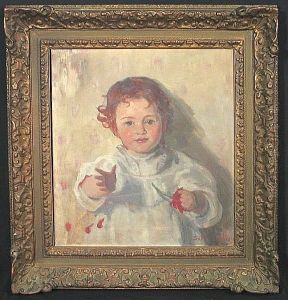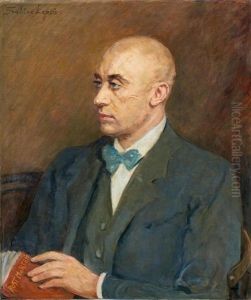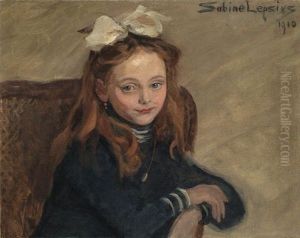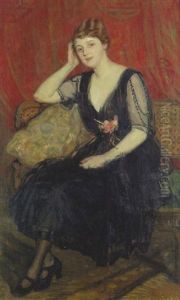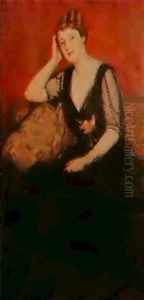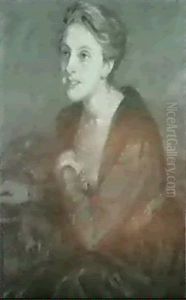Sabine Lepsius Paintings
Sabine Lepsius, née Meyer, was a notable German painter and writer born on January 29, 1864, in Breslau, which was then part of Prussia and is now Wrocław, Poland. Coming from an affluent and intellectual family, Sabine was the daughter of Herrmann Meyer, a successful publisher, and his wife Julie. In 1883, she married the painter and art historian Reinhold Lepsius, who came from another prominent family of academics and artists.
Sabine Lepsius received thorough training in the arts, which was somewhat unusual for women of her time. She studied painting under various teachers, including the renowned historical painter Karl Gussow, a proponent of naturalism. Her artistic style was influenced by her education, and she became known for her portraits and genre scenes. Her work was characterized by an attention to detail and a focus on capturing the individual personalities of her subjects.
Throughout her career, Lepsius was an active member of the Berlin art scene and participated in various exhibitions. Her connections to significant cultural figures of the time, such as the poet Stefan George and the philosopher Friedrich Gundolf, gave her an exceptional position among intellectual circles. Sabine Lepsius was also involved in the women's movement in Germany, advocating for greater recognition and opportunities for female artists.
In addition to her painting, Sabine Lepsius authored a book titled 'Stefan George: Geschichte einer Freundschaft' (Stefan George: The Story of a Friendship), published in 1935. This was a memoir of her close acquaintance with George, providing personal insights into the life of the poet and his circle.
Sabine Lepsius continued to paint and write until her death on December 30, 1942, in Bavaria, Germany. Her legacy is preserved through her artwork and writings, which are considered important contributions to German cultural history in the late 19th and early 20th centuries.
